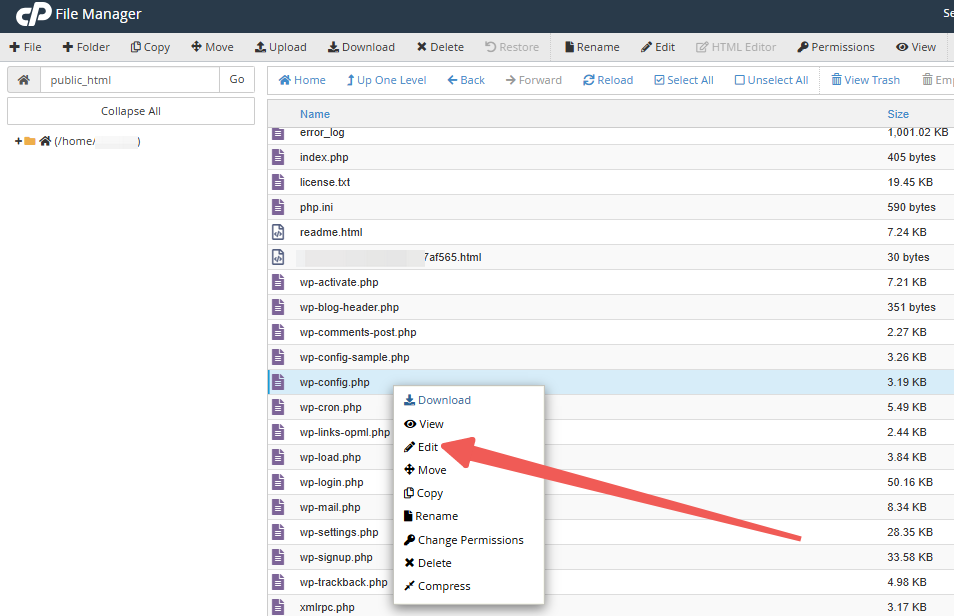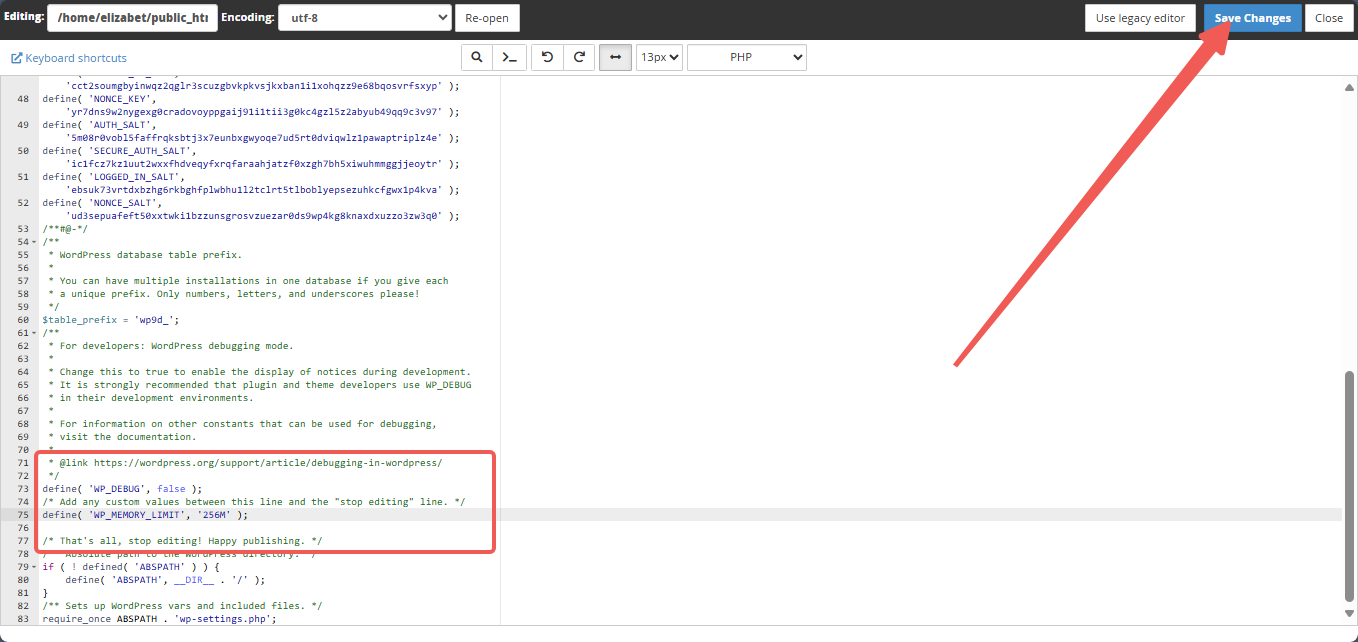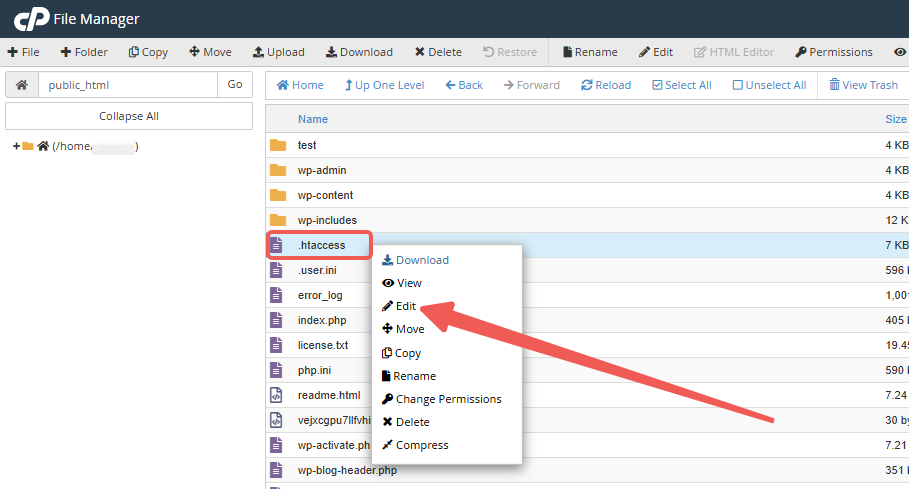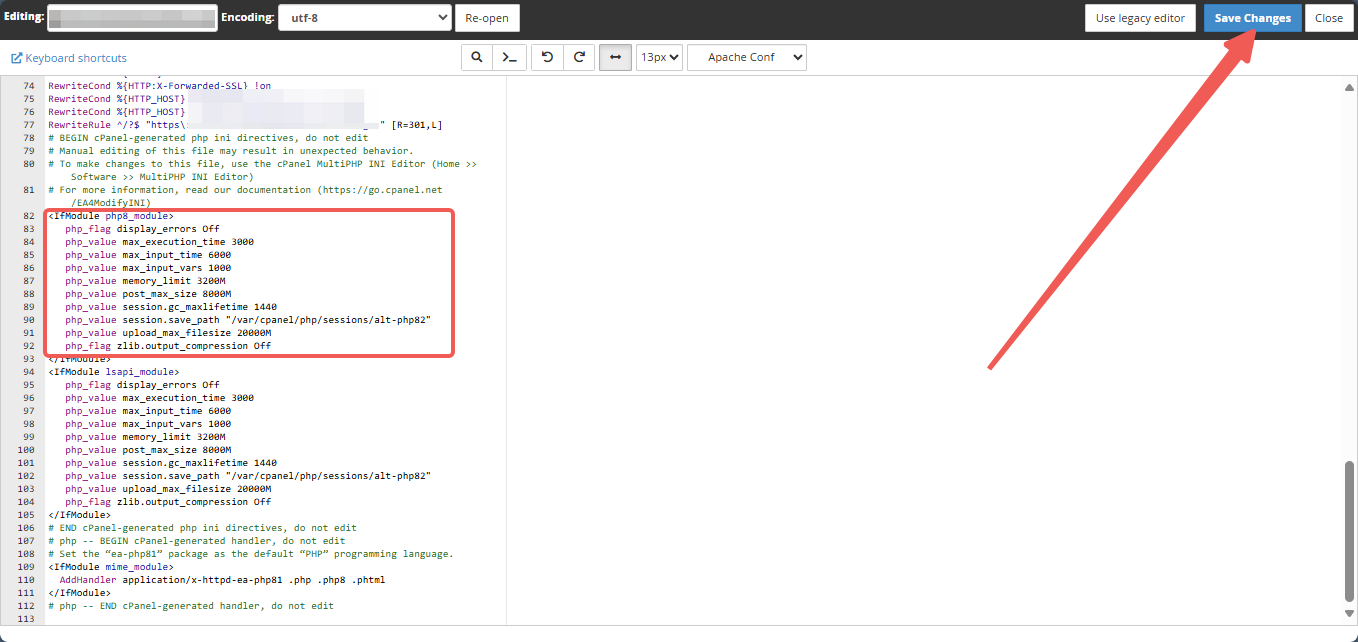Encountering the "allowed memory size exhausted" error in WordPress can be frustrating. This issue arises when your site exceeds the allocated PHP memory limit. When this happens, your website may slow down significantly or even crash temporarily, making it essential to address the problem quickly to ensure a seamless experience for visitors.
Fortunately, resolving this issue is straightforward. By increasing the PHP memory limit, you can prevent the error and enhance your site's performance. In this article, we'll take you through the simple steps to expand the PHP memory limit and restore your website's functionality.
What is WordPress Memory Exhausted Error?
The WordPress memory exhausted error occurs when your website lacks sufficient memory to complete certain tasks.
WordPress operates using PHP, a server-side programming language that requires memory to function properly. Similar to computers, web servers have limited memory, which is shared among multiple applications. Hosting providers allocate a specific amount of memory to PHP and other processes.
If your WordPress site exceeds the allocated memory, you may encounter an error message like this:
Fatal error: Allowed memory size of 33554432 bytes exhausted (tried to allocate 2348617 bytes) in /home4/xxx/public_html/wp-includes/plugin.php on line xxx
Your site might be running out of memory due to:
- A large number of images, videos, or other media files
- Excessive unused WordPress plugins
- Exceeding the resource limits of your hosting plan
By default, WordPress attempts to increase the PHP memory limit if it is below 64MB. However, in many cases, 64MB is not sufficient.
The following are the processes of increasing the PHP memory limit in WordPress to prevent this error:
Note: Some of these solutions involve modifying your WordPress files directly. To prevent any potential issues, we highly recommend creating a backup of your website before making any changes.
1. Modifying the wp-config.php File
To start, you need to:
- Edit the wp-config.php file, one of WordPress's core configuration files in the public_html directory.

- Use an FTP client like FileZilla or access the file manager from your hosting control panel.
- Add the following line just before commenting, "That's all, stop editing! Happy blogging."
define( 'WP_MEMORY_LIMIT', '256M' );
- This increases the PHP memory limit to 256MB, preventing the error.
- After making the changes, save the file and upload it back to your server. Then, refresh your website to check if the issue is resolved.

2. Editing the .htaccess File
Another approach is modifying the .htaccess file, located in your WordPress root directory.

- Add the following line before #END WORDPRESS:
php_value memory_limit 256M
- This instructs the server to increase the PHP memory limit to 256MB.
- Once you’ve saved and re-uploaded the file, revisit your website to see if the error is fixed.

Note: If you can’t find the .htaccess file, refer to this guide on why it might be missing and how to locate it.
3. Adjusting the php.ini File
If the previous methods don’t work, try checking the php.ini file, which manages PHP configurations on your server. This file isn’t part of WordPress core but is usually handled by your hosting provider. You can inspect it to confirm the memory limit settings.
Since modifying php.ini can be complex, contact your hosting provider for assistance in increasing the memory limit manually.
4. Upgrading Your Hosting Plan
If you frequently encounter the memory exhausted error, it might indicate that your website has outgrown its current hosting plan. As your site gains more traffic and content, it requires additional resources to function efficiently.
Consider upgrading your hosting if:
- The previous solutions didn’t resolve the issue.
- Your website’s traffic and content have increased significantly.
- You’re adding new features that demand more server resources
Switching to a higher-tier hosting plan ensures long-term stability and prevents recurring memory issues.
Preventing WordPress Memory Overload
After resolving the WordPress memory exhaustion issue, consider these proactive measures to avoid future occurrences:
- Disable unnecessary plugins. Each active plugin consumes memory. Regularly audit your installed plugins and deactivate those you don’t need to free up resources.
- Optimize image sizes. Large image files can strain memory. Utilize tools like EWWW Image Optimizer to compress images before uploading them to your site.
- Implement caching. Caching plugins store frequently accessed data, reducing the need for WordPress to reload it every time a visitor accesses your site. This helps enhance performance and minimize memory consumption.
We hope this guide assisted you in resolving the WordPress memory exhaustion issue by increasing the PHP memory limit.




